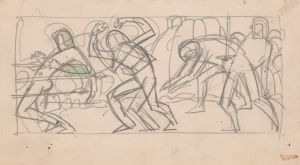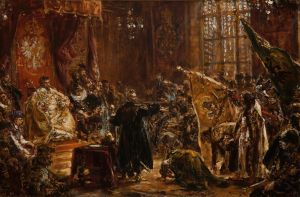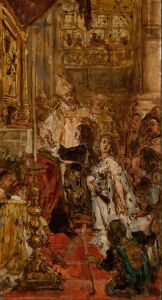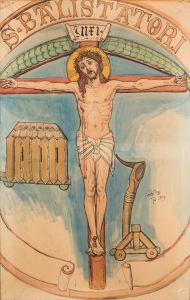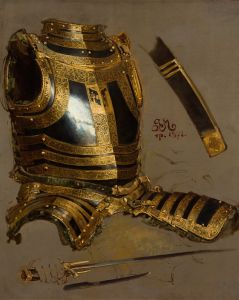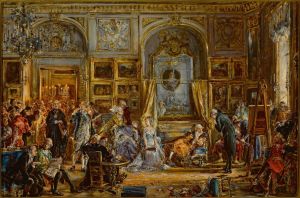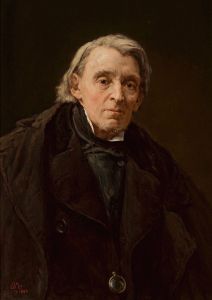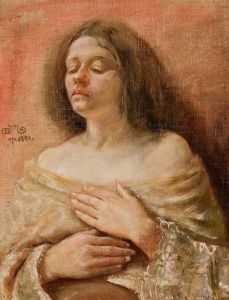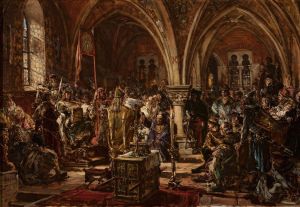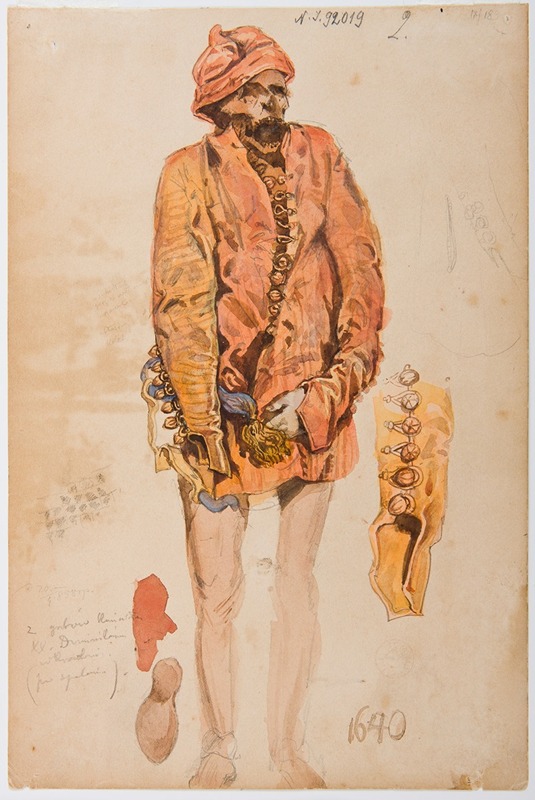
Studia kostiumowe z XVII w. – Zwłoki mężczyzny w czerwonym żupanie; szkice rękawa i trzewika
A hand-painted replica of Jan Matejko’s masterpiece Studia kostiumowe z XVII w. – Zwłoki mężczyzny w czerwonym żupanie; szkice rękawa i trzewika, meticulously crafted by professional artists to capture the true essence of the original. Each piece is created with museum-quality canvas and rare mineral pigments, carefully painted by experienced artists with delicate brushstrokes and rich, layered colors to perfectly recreate the texture of the original artwork. Unlike machine-printed reproductions, this hand-painted version brings the painting to life, infused with the artist’s emotions and skill in every stroke. Whether for personal collection or home decoration, it instantly elevates the artistic atmosphere of any space.
Jan Matejko was a renowned Polish painter known for his detailed and historically significant works that often depicted pivotal moments in Polish history. One of his lesser-known works is "Studia kostiumowe z XVII w. – Zwłoki mężczyzny w czerwonym żupanie; szkice rękawa i trzewika," which translates to "Costume Studies from the 17th Century – Corpse of a Man in a Red Żupan; Sketches of a Sleeve and Shoe."
This piece is a study rather than a completed painting, reflecting Matejko's meticulous approach to historical accuracy and detail in his larger works. The study focuses on the clothing of the 17th century, specifically a red żupan, which was a traditional Polish garment worn by the nobility and gentry. The żupan was a long robe-like garment, often worn under a kontusz, and was a significant element of Polish national dress during this period.
Matejko's study includes detailed sketches of a sleeve and a shoe, indicating his interest in the intricacies of period costume. These elements suggest that Matejko was preparing for a larger composition, as he often conducted extensive research and created numerous studies before embarking on his major historical paintings. His dedication to authenticity is evident in the precision of these sketches, capturing the textures and styles of the clothing with great care.
The inclusion of a corpse in the study adds a layer of historical context, as the 17th century was a tumultuous period in Polish history, marked by wars and political upheaval. The depiction of a man in a red żupan could symbolize the fallen nobility or soldiers of the era, although the specific identity or event related to this study is not documented. Matejko's work often reflected his deep interest in Polish history and his desire to evoke national pride and awareness through art.
Matejko's studies were crucial in the development of his larger works, serving as a foundation for his grand historical canvases. His attention to detail and commitment to historical accuracy have made his works invaluable resources for understanding Polish history and culture. While "Studia kostiumowe z XVII w." may not be as widely recognized as some of his monumental paintings, it provides insight into Matejko's artistic process and his dedication to capturing the essence of Poland's past.
In summary, Jan Matejko's "Studia kostiumowe z XVII w." is a testament to his skill as a draftsman and his passion for Polish history. Through his detailed studies of 17th-century costume, Matejko contributed to the preservation and appreciation of Poland's cultural heritage.





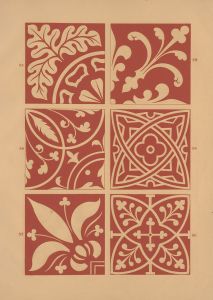
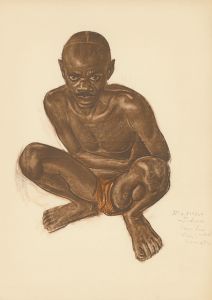

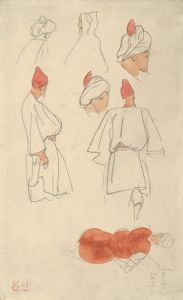
![Graphic designs for Fortune magazine.] [Studies for cover drawn on black paper](/imgs/249355/s/winold-reiss-graphic-designs-for-fortune-magazine-studies-for-cover-drawn-on-black-paper-4ae65d38.jpg)
